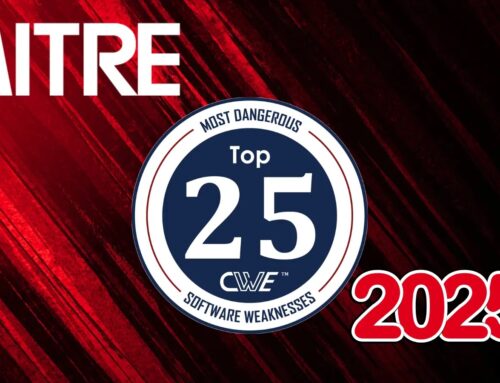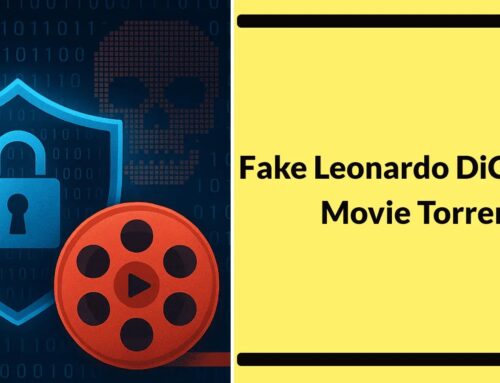
Hackers Using New Matrix Push C2 to Deliver Malware and Phishing Attacks via Web Browser
The Silent Menace: Matrix Push C2 Weaponizes Web Browsers for Fileless Attacks
The landscape of cyber threats is continuously evolving, with sophisticated attack frameworks emerging to bypass traditional security defenses. A notable newcomer, Matrix Push C2, has surfaced, presenting a significant risk to web users across all operating systems. This innovative command-and-control (C2) platform redefines how attackers leverage legitimate web browser features, turning them into potent weapons for delivering malware and executing insidious phishing campaigns. Understanding the operational mechanics of Matrix Push C2 is crucial for bolstering digital defenses against this fileless attack vector.
What is Matrix Push C2?
Matrix Push C2 distinguishes itself from conventional malware delivery methods by operating silently and primarily through a fileless attack methodology. Unlike traditional threats that necessitate a file download or execution, Matrix Push C2 weaponizes legitimate web browser functionalities. This means that merely interacting with a compromised website or a malicious link can initiate an attack without the target ever downloading an executable file. This characteristic makes detection significantly more challenging for endpoint security solutions designed to flag suspicious file activity.
The core innovation of Matrix Push C2 lies in its ability to harness the power of web browsers for command and control. This browser-based attack framework enables threat actors to:
- Deliver malware: While the primary modus operandi is fileless, sophisticated payloads can still be delivered and executed within the browser’s context or through exploitation of browser vulnerabilities.
- Launch phishing attacks: The C2 infrastructure can be used to control the flow of sophisticated phishing campaigns, dynamically adjusting content and targets to maximize effectiveness.
- Maintain persistence: By manipulating browser settings or leveraging vulnerabilities, Matrix Push C2 can establish persistent access to a victim’s system, even without a traditional installed agent.
How Matrix Push C2 Exploits Browser Features
While specific technical details of Matrix Push C2’s exploits are still emerging, its operational model indicates a reliance on several key browser functionalities:
- Web Push Notifications: A prime candidate for exploitation, malicious push notifications can be used to deliver phishing lures, drive-by download attempts (though fileless, this can initiate unintended downloads), or direct users to malicious sites under the guise of legitimate alerts.
- JavaScript Execution: Modern web browsers are powerful platforms for JavaScript. Matrix Push C2 likely leverages obfuscated or dynamically loaded JavaScript to execute malicious code within the browser sandbox, performing actions such as data exfiltration, credential harvesting, or even browser-based cryptocurrency mining.
- Browser Extensions/Add-ons: Compromised or maliciously crafted browser extensions could serve as a persistent vector, enabling the C2 framework to maintain control and inject malicious content into web pages visited by the user.
- Cross-Site Scripting (XSS): Exploiting XSS vulnerabilities on legitimate websites could allow attackers to inject Matrix Push C2’s client-side scripts, turning trusted sites into launchpads for attacks.
The fileless nature of Matrix Push C2 attacks significantly reduces their footprint on the target system, making forensic analysis more difficult and increasing the likelihood of successful evasion of traditional antivirus and endpoint detection and response (EDR) solutions.
Remediation Actions and Mitigations
Defending against advanced browser-based threats like Matrix Push C2 requires a multi-layered approach that combines user awareness with robust technical controls.
- Browser Security Best Practices:
- Keep Browsers Updated: Regularly update all web browsers to their latest versions. Software vendors often release patches for critical vulnerabilities that could be exploited by C2 frameworks.
- Disable Unnecessary Extensions: Review and remove any browser extensions that are not essential. Be wary of installing extensions from untrusted sources.
- Strengthen Privacy Settings: Configure browser privacy settings to block third-party cookies and restrict unnecessary tracking.
- Endpoint Protection:
- Advanced EDR Solutions: Implement Endpoint Detection and Response (EDR) solutions that specialize in behavioral analysis, capable of identifying anomalous activity within the browser process, even without file-based indicators.
- Next-Generation Antivirus (NGAV): Deploy NGAV solutions with robust heuristic and machine learning capabilities to detect fileless malware and in-memory attacks.
- Network Security:
- DNS Filtering: Utilize DNS filtering services to block access to known malicious domains associated with C2 infrastructure.
- Web Application Firewalls (WAFs): Implement WAFs to detect and prevent XSS and other web-based vulnerabilities that could be exploited to inject Matrix Push C2 scripts.
- Intrusion Detection/Prevention Systems (IDPS): Configure IDPS to monitor for suspicious network traffic patterns that could indicate C2 communication.
- User Training and Awareness:
- Phishing Awareness Training: Educate users about the dangers of clicking suspicious links, even those appearing to originate from trusted sources. Emphasis should be placed on identifying sophisticated phishing attempts.
- Push Notification Management: Train users to be cautious about granting permissions for web push notifications, and to revoke permissions from untrusted or infrequently visited sites.
Tools for Detection and Mitigation
| Tool Name | Purpose | Link |
|---|---|---|
| Tenable.io (Vulnerability Management) | Identifies browser and web application vulnerabilities. | https://www.tenable.com/products/tenable-io |
| CrowdStrike Falcon (EDR) | Advanced endpoint detection and response, behavioral analysis. | https://www.crowdstrike.com/products/falcon-platform/ |
| Proofpoint (Email Security/Phishing) | Protection against email-borne threats and phishing. | https://www.proofpoint.com/ |
| Cloudflare Gateway (DNS Filtering) | DNS-based security, malicious domain blocking. | https://www.cloudflare.com/products/zero-trust/gateway/ |
Conclusion
The emergence of Matrix Push C2 signifies a critical shift in the threat landscape, underscoring the increasing sophistication of fileless and browser-centric attacks. Its ability to weaponize legitimate web browser features for malware delivery and phishing operations presents a formidable challenge to conventional security paradigms. By understanding its operational methodology and implementing a proactive defense strategy encompassing robust endpoint security, network monitoring, and continuous user education, organizations and individuals can significantly reduce their exposure to this evolving threat. Staying vigilant and adapting security measures to counter such innovative C2 frameworks is paramount in safeguarding digital assets.





